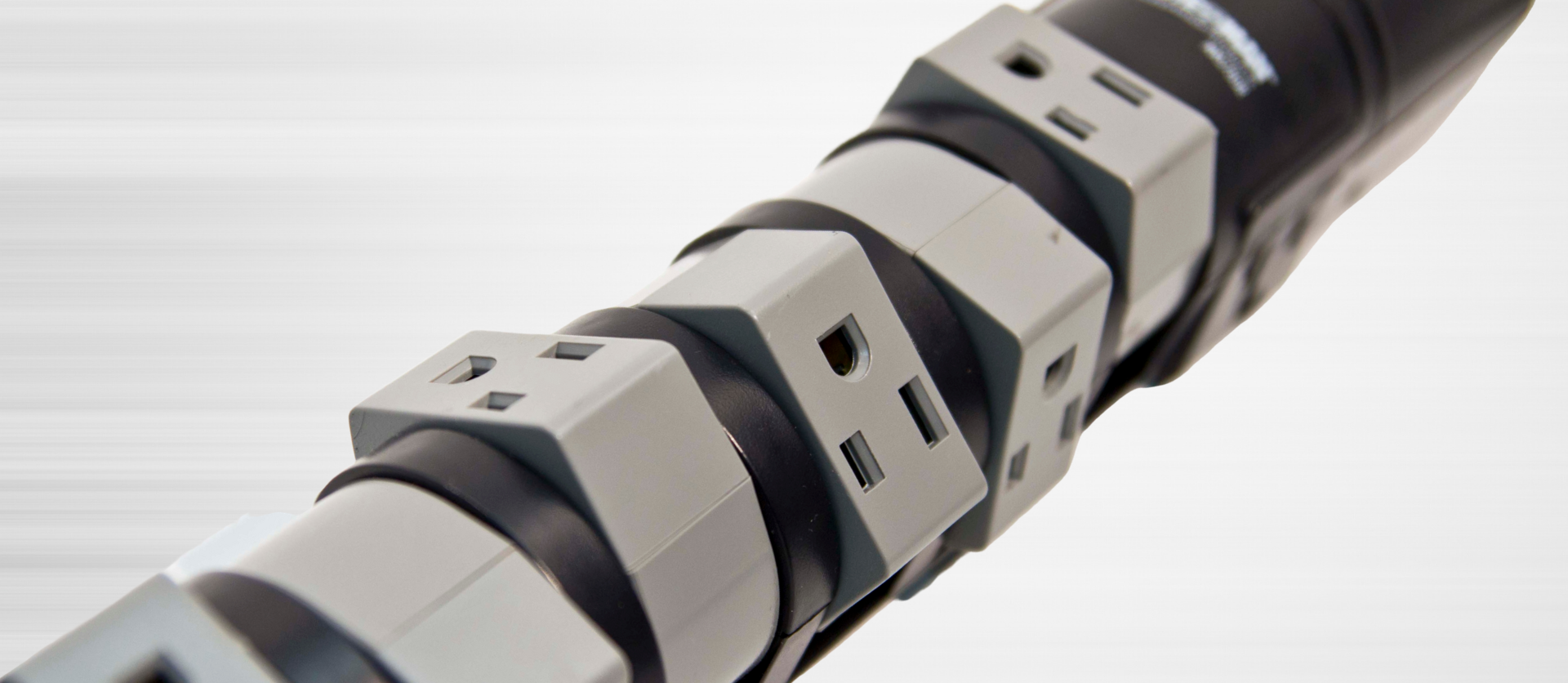SINE WAVE
SINE WAVE VS. SIMULATED SINE WAVE - WHICH IS BEST?
A sine wave output is the optimum waveform for electronic equipment. The incoming AC line is a sine wave, thus electronic equipment expects to see this type of waveform. A sine wave is the most expensive output form for UPS manufacturers to produce due to more complex circuitry and components. All Minuteman UPSs that produce a sine wave output go one step further by producing a synchronized sine wave. This feature eliminates the problem of an out of phase wave at the output. Endeavor, Encompass, and EXR series from Minuteman provide a true sine wave output.
A pulse width modulated squarewave (also called simulated sine wave) is considerably easier to produce in a UPS. This type of waveform is quite suitable for virtually all electronic business equipment. Minuteman’s Enspire, Entrust-LCD®, and PRO-RT2U series produce a simulated sine wave output.
Waveform Comparisons
Sine Wave - Utility Power & High End UPSs
![]() The pure sine wave is the ideal wave form for both equipment performance and longevity, and the form you typically receive from utility power providers. Electrical energy smoothly alternates between negative and positive, allowing equipment to operate without undue stress at a consistent voltage with few high frequency harmonics. High end UPSs such as Minuteman’s Endeavor series produce true sine wave power through an AC-DC-AC conversion process.
The pure sine wave is the ideal wave form for both equipment performance and longevity, and the form you typically receive from utility power providers. Electrical energy smoothly alternates between negative and positive, allowing equipment to operate without undue stress at a consistent voltage with few high frequency harmonics. High end UPSs such as Minuteman’s Endeavor series produce true sine wave power through an AC-DC-AC conversion process.
Pros:
Great performance
Safe for sensitive equipment
No effect on equipment longevity
Cons:
Increased cost
Simulated Sine or Modified Square Wave Form
![]() The modified square wave is a compromise between cost and power quality. While not ideal, the modified square wave has peak voltages close to a pure sine wave, and an overall shape which closely resembles this ideal form. This allows the modified square wave to behave favorably with connected equipment, while keeping manufacturing costs close to that of square wave equipment. Many of Minuteman’s standby and line interactive UPS models make use of this architecture to maintain a balance between performance and cost.
The modified square wave is a compromise between cost and power quality. While not ideal, the modified square wave has peak voltages close to a pure sine wave, and an overall shape which closely resembles this ideal form. This allows the modified square wave to behave favorably with connected equipment, while keeping manufacturing costs close to that of square wave equipment. Many of Minuteman’s standby and line interactive UPS models make use of this architecture to maintain a balance between performance and cost.
Pros:
Similar performance to utility power
Close overall voltage output
Manufacturing cost significantly less than true sine wave
Cons:
Can cause irregular operation on highly sensitive equipment
Square Wave - Low End Power Equipment
![]() Square waves are typically produced by lower end power equipment, and by nature put greater strain on connected equipment. Peak voltage of this wave is lower than a sine wave of the same total power output, and the waves can also contain dangerous high frequency harmonics not present in a sine wave. Equipment running on square waves can experience operational problems, including heat buildup, and possible premature failure,
Square waves are typically produced by lower end power equipment, and by nature put greater strain on connected equipment. Peak voltage of this wave is lower than a sine wave of the same total power output, and the waves can also contain dangerous high frequency harmonics not present in a sine wave. Equipment running on square waves can experience operational problems, including heat buildup, and possible premature failure,
Pros:
Significant manufacturing cost savings
Cons:
Decreased equipment longevity
Equipment operation problems







